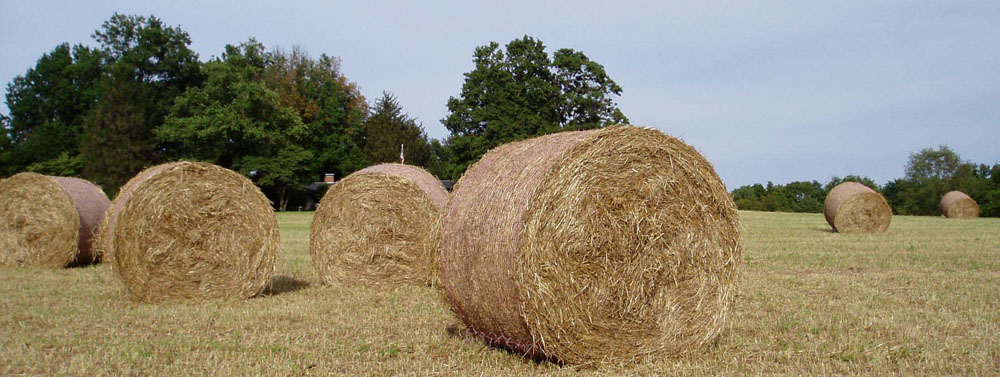Import Tariffs Do Not Lower Prices – Real Adventures in Economics
Who pays a tariff?
This was a standard question in my Greenville University undergraduate economics class. Tariffs are taxes, mostly on imported goods. When the United States imposes a 25 percent, or $0.25/$1, tariff on an imported good, an imported product that retails for $100 before the tariff will effectively cost $125 once the tariff is imposed.
Mr. Trump began increasing tariffs on imported goods coming into the United States in 2018. The most newsworthy tariffs were those placed on goods imported from China. China, of course, retaliated by increasing tariffs on soybeans imported from the United States. In both cases, retail prices increased for consumers inside each country.
For many US citizens, the rationale for increasing tariffs in the United States went right by them. Over the last 100 years or so, US import tariffs on average have dropped from nearly 50 percent, or $0.50/$1, per value imported, down to 5 percent, or $0.05/$1, per value imported. The United States, particularly since World War II, was aggressive at lowering tariffs on imported goods. Not all our trading partners reciprocated. In 2018, a driving force in raising tariffs was a US response to other trading partner countries not lowering tariffs. Mr. Trump raised tariffs to negotiate import tariffs imposed on US goods imported into trading partner countries.
Trade barriers and trade wars were a driving force in shaping the global economy in the last few years. However, the March 2024 Biomass Rules Blog post, ‘Local, the Uneasy Substitute for Global,’ used World Bank Trade data to show that trade as a share of GDP stopped expanding back in 2010. A trend in declining trade with more resources directed at domestic production.
Just as unexpected from an economic policy standpoint, is the continued support for tariffs from the Biden Administration. In some cases, tariffs even increased under Mr. Biden.
In the first 70 years after WW II, global trade increased. Now for the last 15 years, the United States has been becoming more pro-domestic production, or protectionist. Like so many economic trends, it spans more than one presidential administration.
All the more reason every US citizen should understand tariffs. This leads us to the economics exam question, ‘Who pays a tariff?’
And like most economic exam questions, it is a trick question. Or at least there is more than one correct answer. Is the question aimed at the supply chain infrastructure answer? Or, at the consumer choice, demand answer? And like all well written, critical thinking skill cultivating exam questions, it did not stipulate. It was very general.
The U.S. Department of Commerce, International Trade Administration, page on Import Tariffs and Resources reports, “The tariff, along with the other assessments, is collected at the time of customs clearance in the foreign port. Tariffs and taxes increase the cost of your product to the foreign buyer and may affect your competitiveness in the market.”
The first of the two sentences that were quoted, reports that the importing agent pays the tariff when the product comes through customs. The company importing the product pays the tariff. In our multiple-choice question, this would be answer b. The domestic retailer of the products being imported. This is a supply chain policy driven function. Biomass Rules breaks the economy into three functions:
- Science, Technology and Microeconomic factors (supply)
- Infrastructure, Policy, Law and Macroeconomic factors (supply)
- Choice, Economic, and Value-based Decisions (demand)
Answer b. of the question speaks to the infrastructure function of who is legally responsible for paying the tariff.
The second sentence of the Dept. of Commerce, International Trade Administration quote indicates that the tariff increases the cost of your product. The International Trade Administration perspective is written for domestic companies exporting to other countries, but it works the same way for foreign agents importing goods for our domestic buyers. The most direct way to recover the tariff is to increase the retail price of the product. In this case the consumer pays, or the multiple-choice answer a. The consumers who buy the imported products pay. This is a market-based answer that reflects consumer demand.
Artificially increasing the price of an imported good raises the cost of consumption. From a simple market transaction perspective, this is economically inefficient. Inflation is an economic phenomenon where all price levels increase. Tariff-driven price increases will be a small part of the increased price-levels. On average, tariff-driven price increases will not be large enough to cause inflation, but they will likely slow price-levels from dropping.
The take home message is the legal response to ‘who pays tariffs’ is the importing company does. The market response to who pays an import tariff is the consumers who purchase the imported goods. And while import tariffs may not be directly inflationary, they will cause prices on imported goods to increase and simple market transactions to become less efficient.
Real adventures in economics require all participants to grasp a basic knowledge of these dynamics. Pay attention!



Comments
Import Tariffs Do Not Lower Prices – Real Adventures in Economics — No Comments
HTML tags allowed in your comment: <a href="" title=""> <abbr title=""> <acronym title=""> <b> <blockquote cite=""> <cite> <code> <del datetime=""> <em> <i> <q cite=""> <s> <strike> <strong>